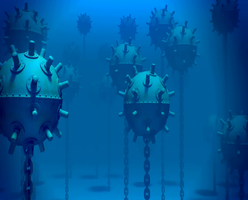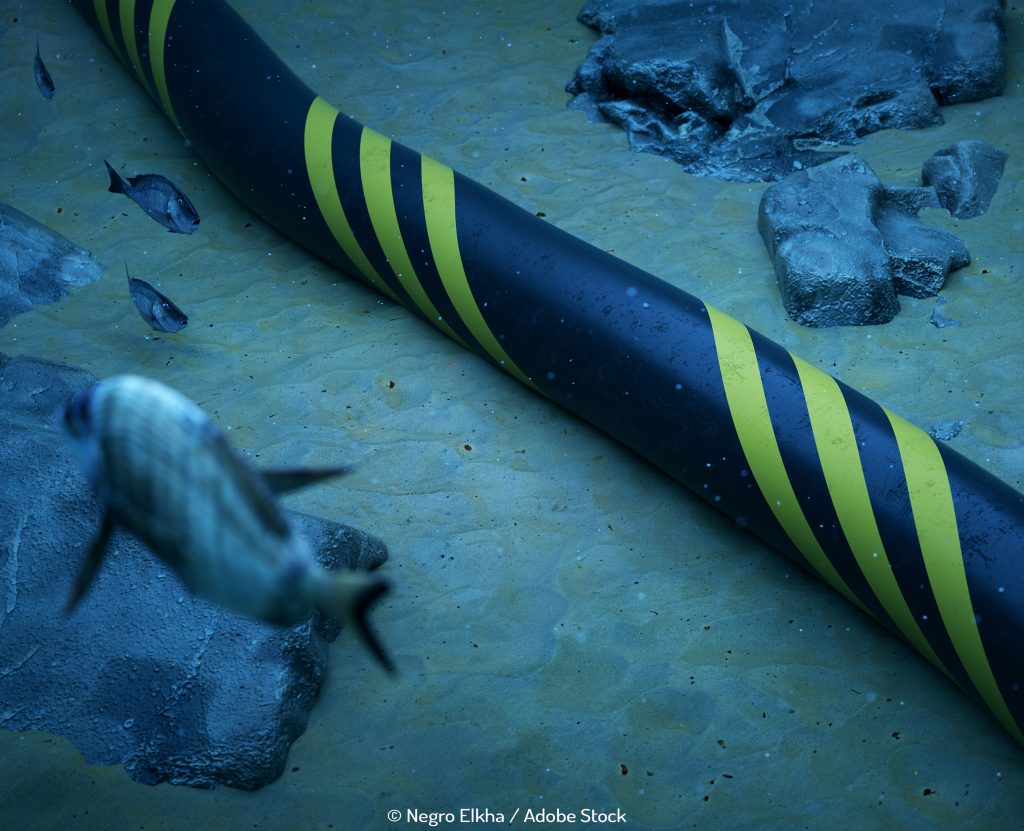
The world’s first licence to operate a deep sea mine has been granted
Let’s set the scene. Deep, deep down on the sea floor, according to researchers Helen Rosenbaum and Natalie Lowrey (Deep Sea Mining – the Pacific experiment), “ lie thousands of hydrothermal vent formations…like underwater hot springs, spouting black clouds of metal sulphides. The foci of Deep Sea Mining are the deposits laid down over thousands of years around the hydrothermal vents. The metal sulphide particles settling around the vents develop into huge mounds. These are known as Sea-floor Massive Sulphides. They can grow to millions of tonnes in mass. They are rich in zinc, copper, silver, gold, rare earths and other minerals.”
And that’s is what Nautilus Minerals wants. The world’s first licence to operate a deep sea mine has been granted in Papua New Guinea to the Canadian company. It has established project Solwara 1 which aims to mine the Bismark seabed for high grade copper and gold.
But the Papua New Guineans are far from happy about the project, and their campaign has attracted international support. One petition to the PNG government calling for it to ban experimental DSM contains over 24,000 signatures. The issue was presented to the Rio+20 conference in Brazil, has attracted support from New Zealand communities and the Pacific Conference of Churches 10th General Assembly voted to pass a resolution to stop south Pacific deep-sea mining altogether.
So why are the local communities up in arms about the project? To be blunt, according to Rosenbaum and Lowrey, “No study to date has investigated the effects of high pressure on the toxicity of chemicals in organisms.” Those organisms include a veritable wealth of incredible sea life – sharks, dolphins, turtles, tuna, octopus and many many others.
Dan Jones, a Melanesian studies advocate said, “From Bougainville to Ok Tedi, to Porgera and Ramu Nickel in Madang, the extractive industry continues to cut corners purely to maximise profits causing massive environmental damage and social upheaval which continues to spark social uprising, ecocide and serious conflicts.”
Environmentalist David Gwyther says if it goes ahead, potential risks include, “Stocks of tuna and other migratory species (which) may become contaminated by heavy metals and the health of communities and ecosystems across the Pacific could be affected.” Fish is the main source of protein for all New Islanders.
It isn’t fair to suggest that Nautilus is not concerned about the impact its mining would have. In fact the company proposed recolonizing species that would not be able to withstand the temperatures created by DSM, in an area two km upstream of Solwara 1. It’s also created a special mining tool that significantly reduces the escape of material during cutting, thereby reducing the risk of exposure to toxic fumes.
Currently the operation is progressing despite the concerns of environmentalists. Nautilus announced last week that orders are going ahead for completion of the operational base for Solwara 1. The vessel will be 227m in length and 40m wide, able to accommodate 180 people. It is expected to be delivered by the end of 2017.


